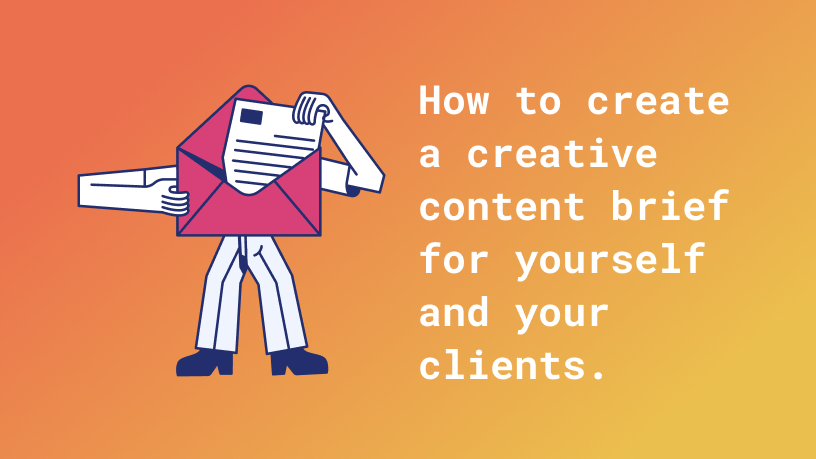Developer marketing is something many companies wouldn’t have even considered a few years ago. After all, devs are not the people in charge, right?
Not necessarily. Today, developers play a vital role in tech purchasing decisions. Some even choose the tools they want to work with or reject those suggested by management.
So it makes perfect sense to develop marketing strategies to get developers excited about your product. After all, as with any other target group, you need to cater to their specifics and needs. But especially for non-technical people, this can be a big challenge.
In this article, you’ll find five ideas on how to improve your developer marketing, whether you’re a developer or a marketer.
1) Create the right content
Developers are interested in different types of content, not just code as many may think. In fact, many devs are avid content creators themselves, and you can find influencers among them on Twitter and co.
But not all content is created equal – you need to pay attention to the type and quality of your content. Meaningless SEO blog posts will do you no favors here!
Instead, focus on creating informative, well-structured, and well-written content. And don’t be afraid to make it fun, too.
Also, make sure each piece serves a purpose and helps developers accomplish something or answer a question.
Depending on what fits your product, create:
- Blog Posts
- Tutorials
- Documentation (yes, this is part of content creation too!)
- User guides
- FAQs
- Q&A interviews
Tip: Consider turning your written content into videos or podcasts to provide a more versatile experience with your content and cater to different types of learners.
Also, remember to keep things personal. For example, don’t hide your blog posts behind your company name, but let people know who created your content. Even if this seems like a small thing, it can help build trust with readers and makes you much more likable right away.
Tip: Don’t have the time or expertise to create content for your developer marketing strategies? Find a technical content writer to help you reach developers. Google is your friend in this case, or just write me; I’ll be happy to help if I can.
2) Be clear and direct
Bombarding developers with a text full of buzzwords probably won’t do much good. Instead, developers looking for help will have questions they want to be answered honestly and on the spot. And that’s where you need to score right off the bat to pique the developer’s interest.
One of the most effective ways to communicate with developers (or anyone, really) is to be authentic, direct, and helpful. Developers are sometimes a bit leery of boiled-down developer marketing messages. They want to use tools from people who know what they’re talking about and who they feel have a sincere interest in improving their day-to-day work.
And that’s something you can hardly fake. So make an effort to get to know your developer audience and build relationships with them. Get a better picture of their problems and needs and how your product or service can be helpful and valuable. Soon, you’ll understand how to communicate with them at eye level, clearly and directly, without putting your foot in your mouth.
3) Know thy communities
The target group of developers is divided into numerous communities of different sizes, where they help each other, share news, and exchange ideas with like-minded people. So this is the place where you should get involved right away to see how your product or service can help.
First, you need to know who is interested in your product or service. Then you also need to consider where you can find these people and their respective communities. For example, StackOverflow, Twitter, Discord, Slack, and Meetup groups are good places to start.
But you can’t immediately go from 0 to 100 and barge in with your offer while the door is still closed. Take the points from the previous section to heart and get to know the community. This is not a one-time task but something you should invest a lot of time in. Ultimately, know your developer community inside and out and make sure they know you too.
Once you have a community of developers talking about your product, it’s much easier to encourage them to try it out. And if they like what you offer and see that others can benefit from your product, they’ll be happy to spread the word.
4) Show, don’t tell
Sure, you can tell developers that they can set up projects ten times faster with your tools, but why should they just take your word for it?
Look for ways to give developers a first-hand experience – or at least a second-hand one. Let’s elaborate.
Provide developers with free access to your alpha and beta versions, or offer a free subscription that includes enough features to be helpful. This way, developers can try out your product or service and experience all the features and benefits for themselves, which is much more compelling than just reading about it.
Tip: Use this opportunity to solicit feedback to improve your product and build a relationship and trust with the developers!
If you can’t offer a free version of your product or service, you should provide a range of learning content. For example, write tutorials that explain how to use your product for specific use cases. Creating demo and tutorial videos is also a great way to show what you offer in great detail.
5) It’s all about the developer experience
It’s a big word: “developer experience.” It may even be a buzzword now, right alongside customer experience and user experience. But the truth is that the buying decision often comes down to the experience your product, your communications, and your company provide. The whole package has to fit.
To provide a good developer experience, you first need to understand what your product offers, how it helps developers, and what they expect from your product. If you are a developer, this may not be that difficult. But for non-technical people, it can be tough to understand the technical details or how developers think.
Ultimately, it comes down to being authentic, knowing what value your product adds, and having a genuine interest in the community.
Good developer experience should also be a common thread that connects your product, communications, website, social media channels, content, and so on. Understanding this and getting it right is critical to turning developers from product users to product advocates, making them invaluable to your developer marketing strategy.
Developers will be happy to engage with you if you treat them with respect, value their work, and champion their needs. Of course, it may not be easy to get developers excited about your product quickly. However, if you find that some developers are willing to spread the word about your tool or service, you know you’re on the right track.
And great times await you.





No responses yet